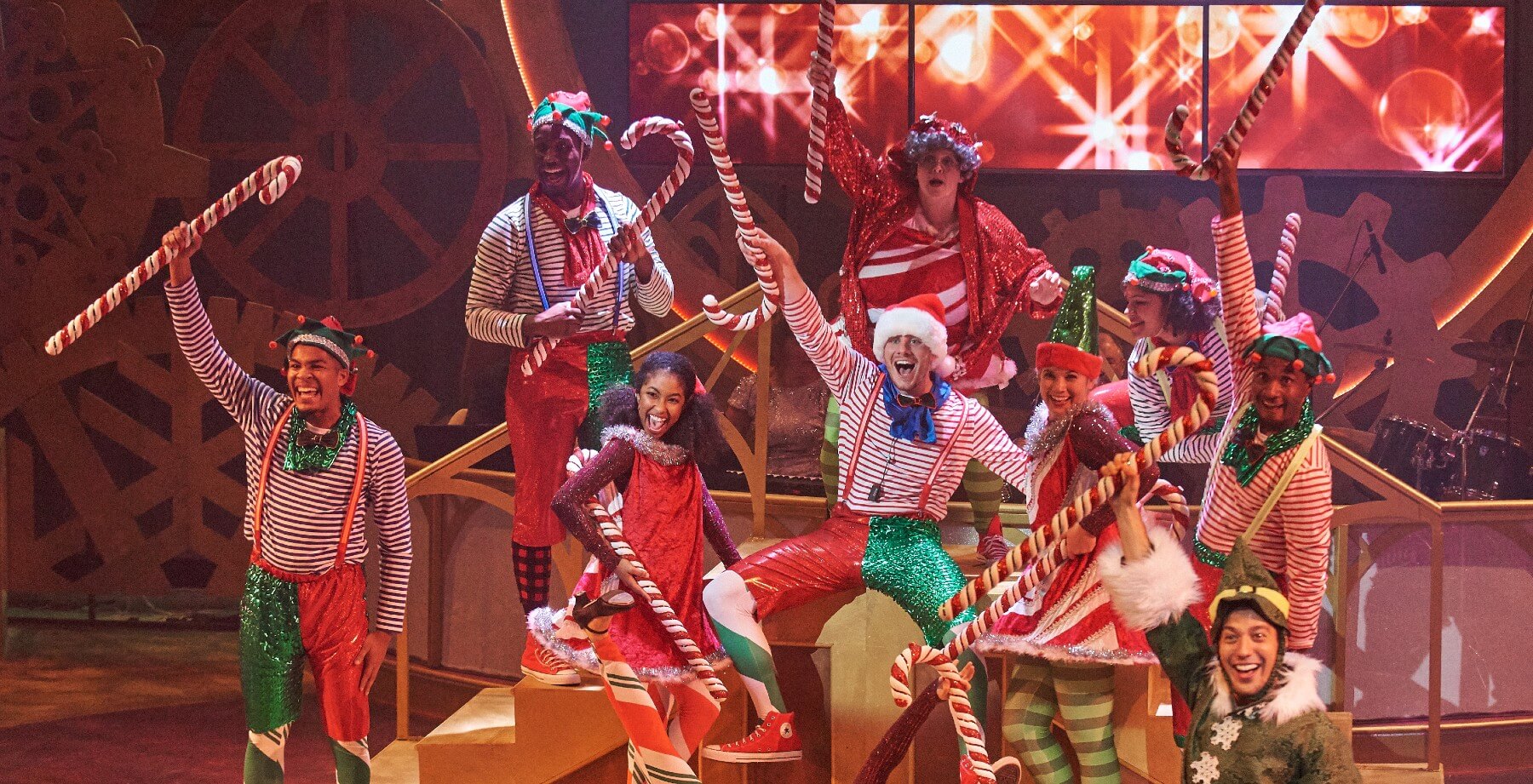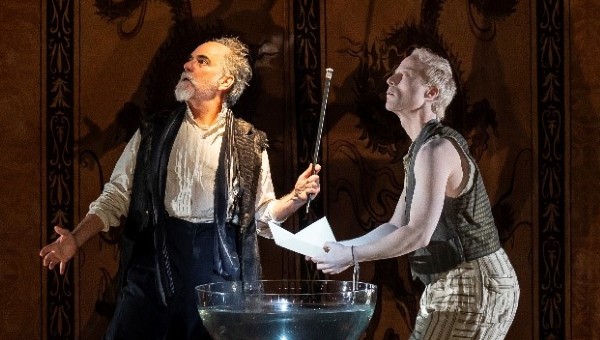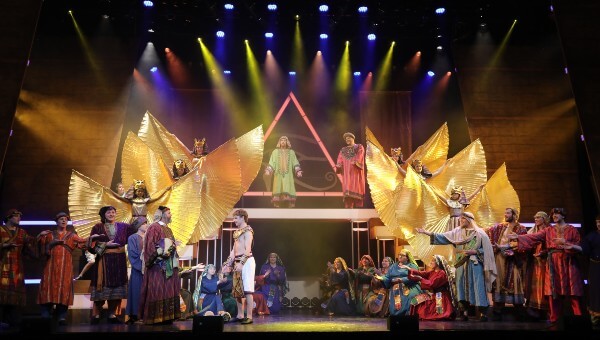Donation successes at Ordway Center, Des Moines Performing Arts and Arena Stage
Why Box Office Asks Work
Collaborating cross-departmentally to grow loyalty is essential to long-term revenue growth. However, in many organizations, the box office isn’t integrated into development campaigns. TRG Arts sees development, marketing and the box office as deeply intertwined. A healthy development department depends on marketing to deliver donor-ready patrons. The box office regularly interacts directly with patrons and so can make asks that are both appropriate in the moment and that do a great deal to deepen loyalty. For example, a telefunding follow-up call to a first-time single ticket buyer may push the new patron relationship too far, while an invitation to add on a donation during a purchase may seem more natural.
TRG research shows that no matter the size of the gift, the effects of donating on loyalty and overall lifetime value can be tremendous, turning short-term revenue into long-term opportunity. Most major donors are cultivated from lower giving levels, rather than entering the organization as brand new high-level donors. Given this fact, campaigns where a front-line sales team like the box office asks for a lower-level gift make sense—and also make money.
This case study looks at box office giving campaigns at three different TRG client organizations. While the goals of these campaigns varied, the central success factor was the work of the box office staff.
The Results:
Des Moines Performing Arts (DMPA) ran holiday and spring direct marketing campaigns to support the Willis Lexus Drive for Kids (WLDFK), an annual matching fund campaign to raise money for DMPA’s education programs. The ticket office secured 380 donations totaling $3,887—14% of the total amount generated for the campaign. 70% of the donors who gave through the ticket office had no prior giving history.
Arena Stage in Washington, D.C. began asking single ticket buyers for a donation at the box office during the holidays in the 2010–2011 season. Over three seasons, the box office has collected 2,834 gifts totaling $72,010. Perhaps most exciting is that an overwhelming majority of those gifts (93%) came from new donors, creating a wealth of new leads for development to approach about memberships in the future.
Ordway Center for the Performing Arts in St. Paul, Minnesota achieved their goal for box office giving halfway through the 2011–12 season. Altogether, they generated 548 donations totaling $12,758, including one $1,000 gift.
 Ordway Center for the Performing Arts exceeded their 2011–12 goal for number of gifts
halfway through the year with help from the new box office donation campaign.
Ordway Center for the Performing Arts exceeded their 2011–12 goal for number of gifts
halfway through the year with help from the new box office donation campaign.
Key Success Factors
Each organization managed their campaign differently, with varying goals, timelines and specific asks. Five best practice strategies emerged across the three campaigns:
1. Someone takes ownership of the campaign.
In each case, one manager led the effort in collaboration with other departments, helped the ticketing team and tracked the results. At Ordway Center for the Performing Arts the individual giving manager took responsibility for the campaign, working side by side with the marketing director and box office manager. Together, they laid out the program step-by-step. They created a script (depending on if the patron had given previously and when) and trained the box office. The individual giving manager regularly monitored the goals and reported on progress to the box office team. He actively encouraged participation, celebrated successes and adjusted expectations and incentives throughout the campaign.
2. Plan the message, test it, and repeat
Each organization scripted how to ask patrons for donations—and what amount to ask for. Tiffany Spinner, annual fund manager at Des Moines Performing Arts, led her organization’s ticket office campaign. She started the campaign with a brief presentation sharing the talking points and goals for the campaign. The amount the box office staff asked for made a difference in number of gifts received, according to Spinner:
In the fall (part one of the two-part campaign), we asked staff at the window and on the phone to ask for a donation of any amount. The average gift size was just over $10. In the spring, we asked for a specific minimum amount of either $5 or $10. We found that we received fewer high level donations, but the number of donations increased—242 ($2,570) gifts in the spring, compared to 131 ($1,317) in the fall.
Arena Stage’s chief development and chief marketing officers created “patron revenue management” meetings designed to address ways in which their departments could work together. From these joint meetings came the strategy for soliciting donations from single ticket buyers.
The Arena Stage box office began by asking patrons for a $25 donation towards the end of 2010, as part of the end-of-year fundraising push. The requests were brief and made after the customer had already given their credit card information: “Would you like to add on a $25 tax-deductible contribution to help support our education programs?” The program brought in $1,600 and more than 50 new donors in its first two weeks.
Bolstered by this success, Arena expanded the program in 2011. While continuing to ask for $25 gifts from single ticket buyers, they revamped the process for asking for $100 entry-level membership gifts during the subscription campaign. Where previously they had asked subscribers to add optional donations to their subscription purchase (with the gift amount based on previous giving) they now began to pitch the message “Enhance Your Experience” highlighting three targeted membership benefits such as backstage tours, open rehearsals and discount drink coupons.
3. Set goals & track results
A key part of Ordway’s success was setting specific donation goals for the box office. Ordway pulled data from previous seasons to create a baseline and set goals for the upcoming campaign. Knowing that annual fund giving tended to be cyclical based on the month and time of year, they set quarterly goals based on what had been achieved in the prior year, and added modest increases. The goals weren’t overly aggressive, adding just 10% growth in the number of gifts and a 15% increase in gift size from ticket buyers. With tracking and accountability in place, the ticket office easily achieved these goals by the end of the second quarter of their fiscal year.
At Arena Stage, Chief Marketing Officer Khady Kamara set up weekly reports to track results by campaign and by caller, which were reviewed by the Sales Manager and callers. Callers who were having trouble making asks were given extra coaching and support. The Development Office also came in as needed to provide talking points, answer questions and help with training.
4. Put it everywhere
In the box office… The organizations also widely publicized their campaigns in multiple channels; Des Moines Performing Arts made the WLDFK campaign highly visible at the box office with the following:
- window cling decals on each ticket window with the WLDFK logo
- rack cards about the campaign at each ticket window
- all staff, including the Ticket Office/Guest Services team, wore WLDFK logo lapel pins
…and online. After the first season’s success, Arena added an invitation to donate to its online ticketing system, so online buyers were also asked for donations.
Arena’s Senior Director of Individual Giving Kristen Mitchell emphasized: Using multiple channels further expands Arena’s reach and ensures that EVERY ticket buyer, no matter how they purchase tickets, get an ask. It boosts our bottom line as we nearly doubled our revenue from ticket add-on donations by asking online. It also provides a warm base of low-level givers we can upgrade to membership. Most importantly, it brings further awareness to our fundraising message which benefits us in the long run as well.
Arena’s Chief Marketing Officer Khady Kamara added: Just as we want to ensure that patrons have the same satisfying shopping experience online that they receive in person or over the phone, it is vital to ensure that the patrons have the same sales opportunities as well. Every deal, every up-sell and cross-sell, every benefit must be present through each sales channel to ensure your message, your product, your customers’ experiences are as uniform as possible. It’s better for the patrons and, we have found, it’s better for Arena Stage’s bottom line.

5. Incentivize box office staff
Prizes, incentives and rewards played a crucial role in each organization’s campaign. Tiffany Spinner of Des Moines Performing Arts particularly went all out in making the campaign fun and getting the staff excited about hitting goals.
There would be daily prizes for the most gifts secured and the highest amount of gifts received. These gifts were very inexpensive, like candy bags. I also gave a $25 Downtown Des Moines gift card at the end of the holiday campaign for the most money raised and a $15 Starbucks gift card to the most gifts secured. I sent daily emails announcing the winners and providing ideas for how to make ‘the ask’.
Ordway encouraged the box office by setting a specific incentive like a pizza party or Starbucks card for each goal. The box office also got an extra cash reward when they achieved the overall fiscal year revenue goal, with the reward amount based on how many hours each individual put into the campaign.
The bottom line:
Making a donation strengthens a patron’s connection to an organization. The box office can play a key role in upgrading loyalty, but it takes effort to start and maintain the practice of box office giving. The key factors described above can lead to the development of a sustainable, successful effort.
- More about Des Moines Performing Arts: desmoinesperformingarts.org
- More about Ordway Center for the Performing Arts: ordway.org
- More about Arena Stage: arenastage.org




